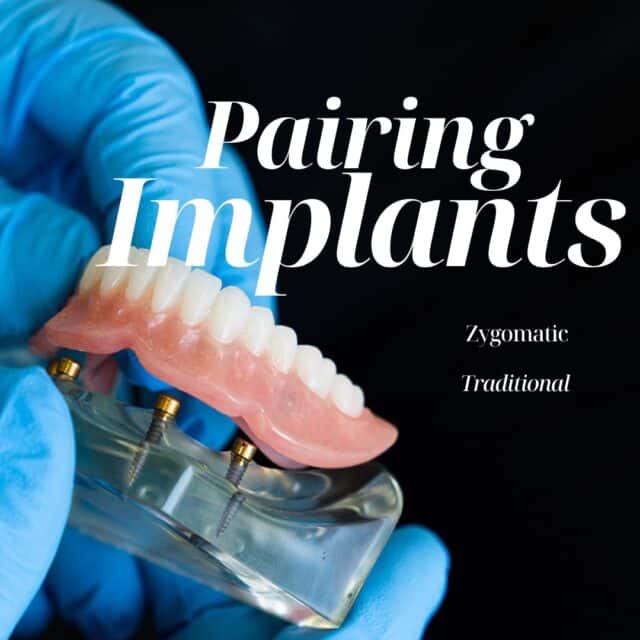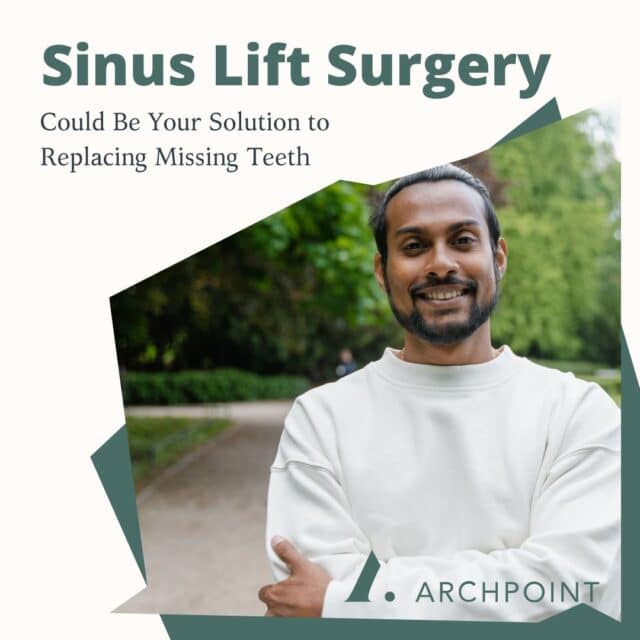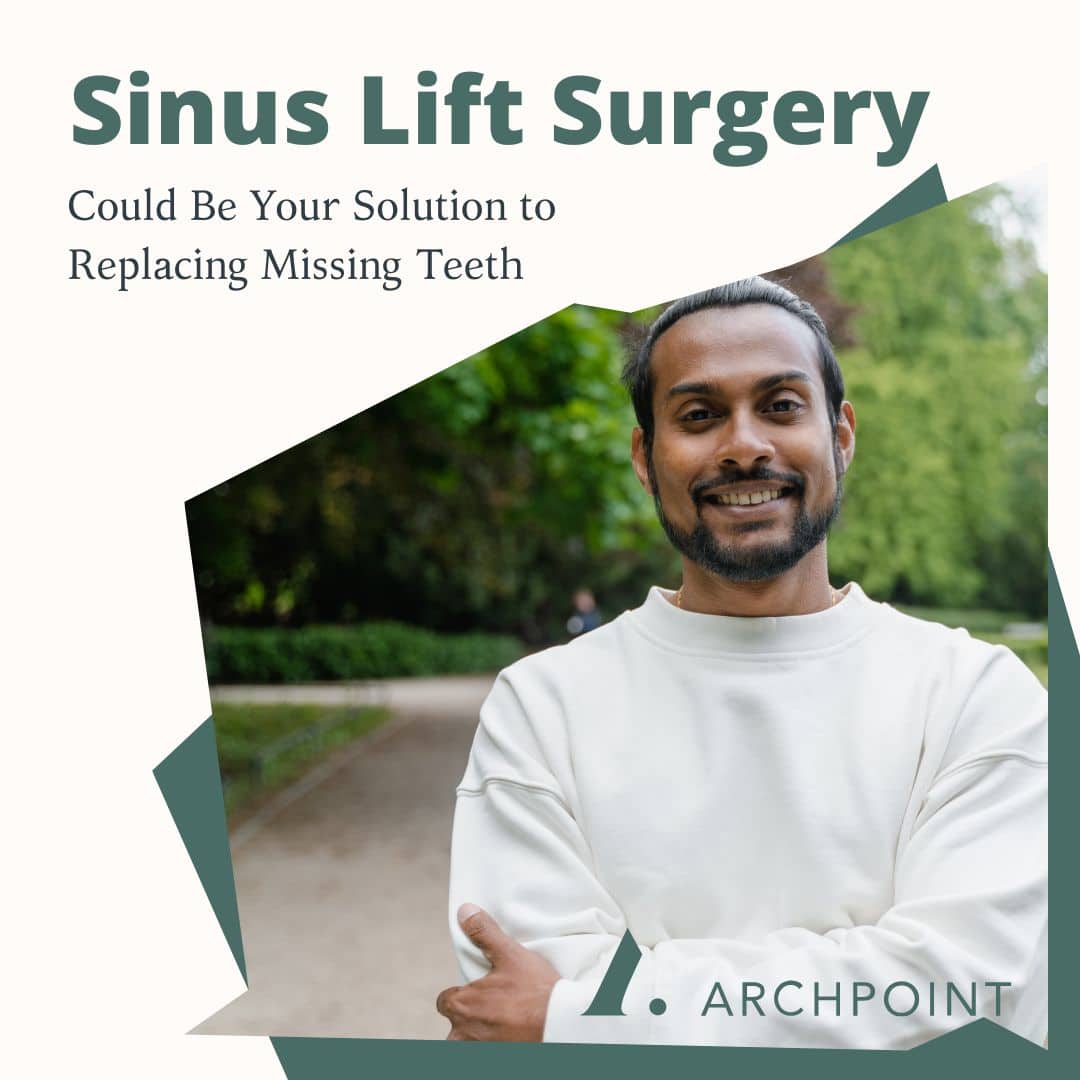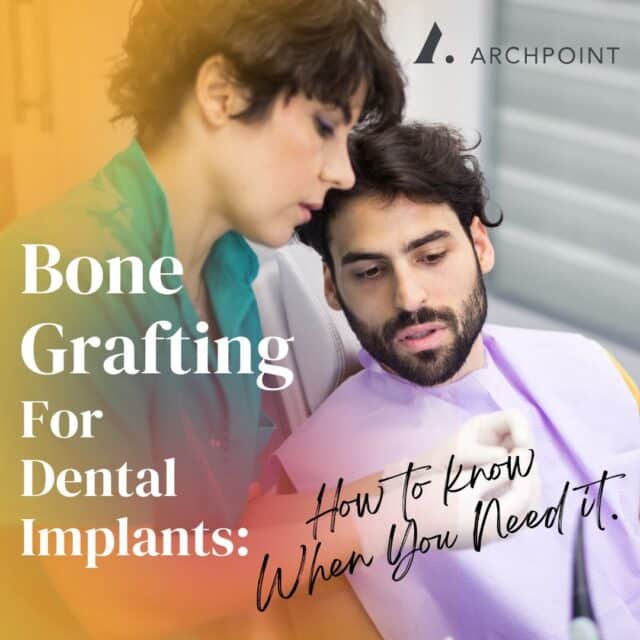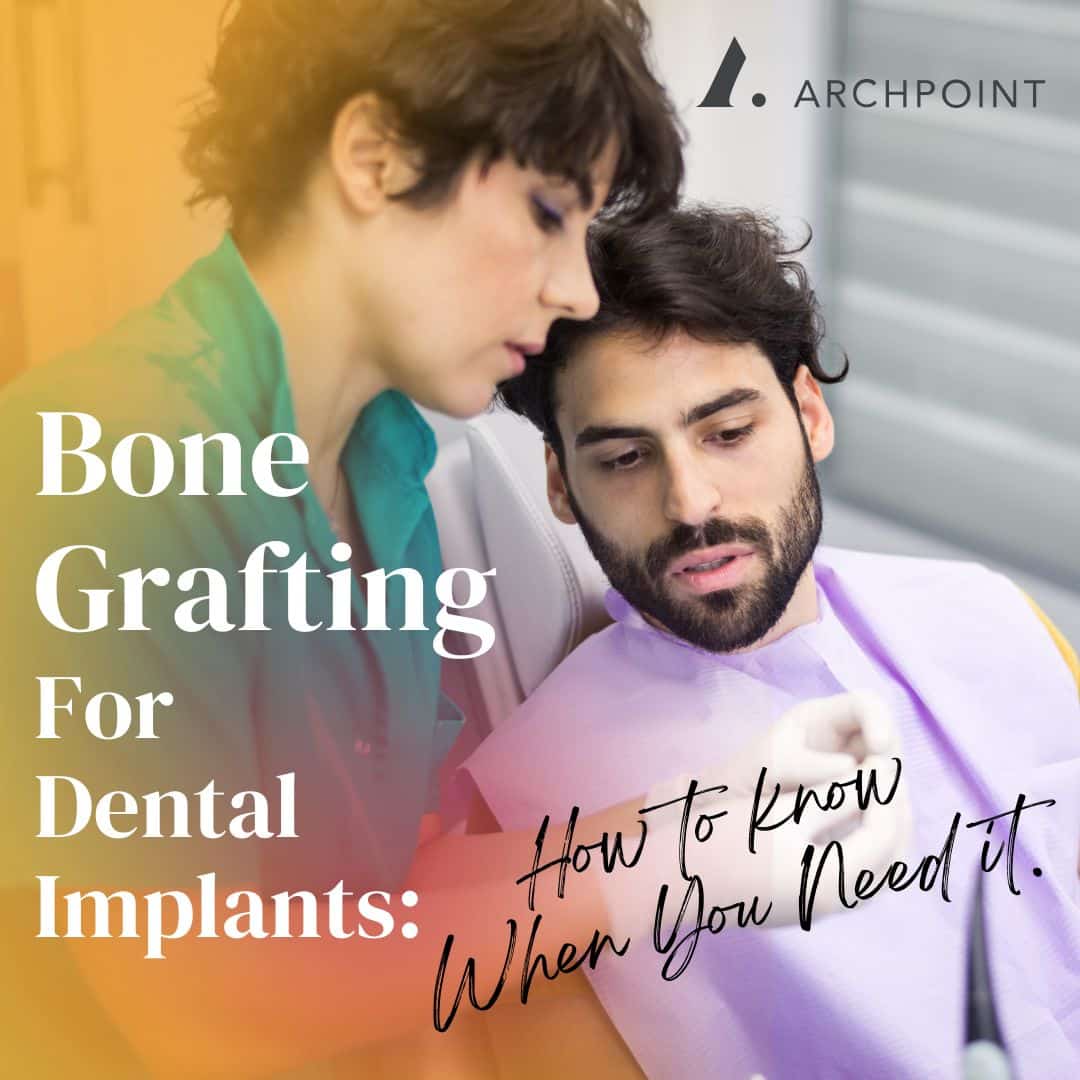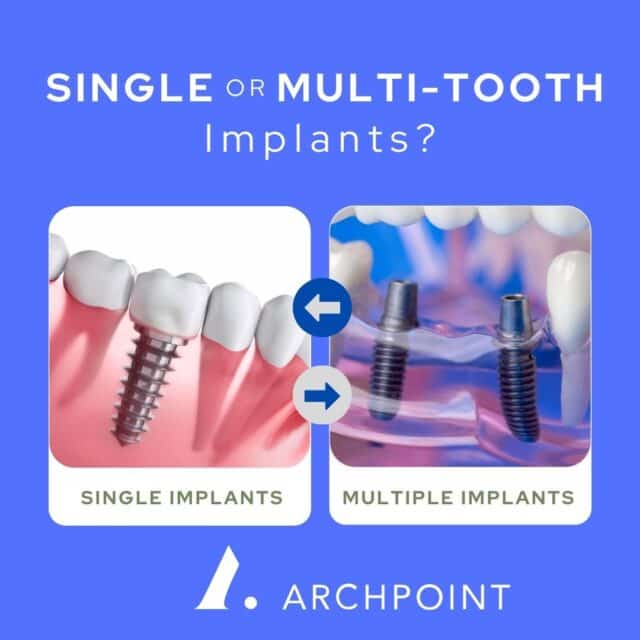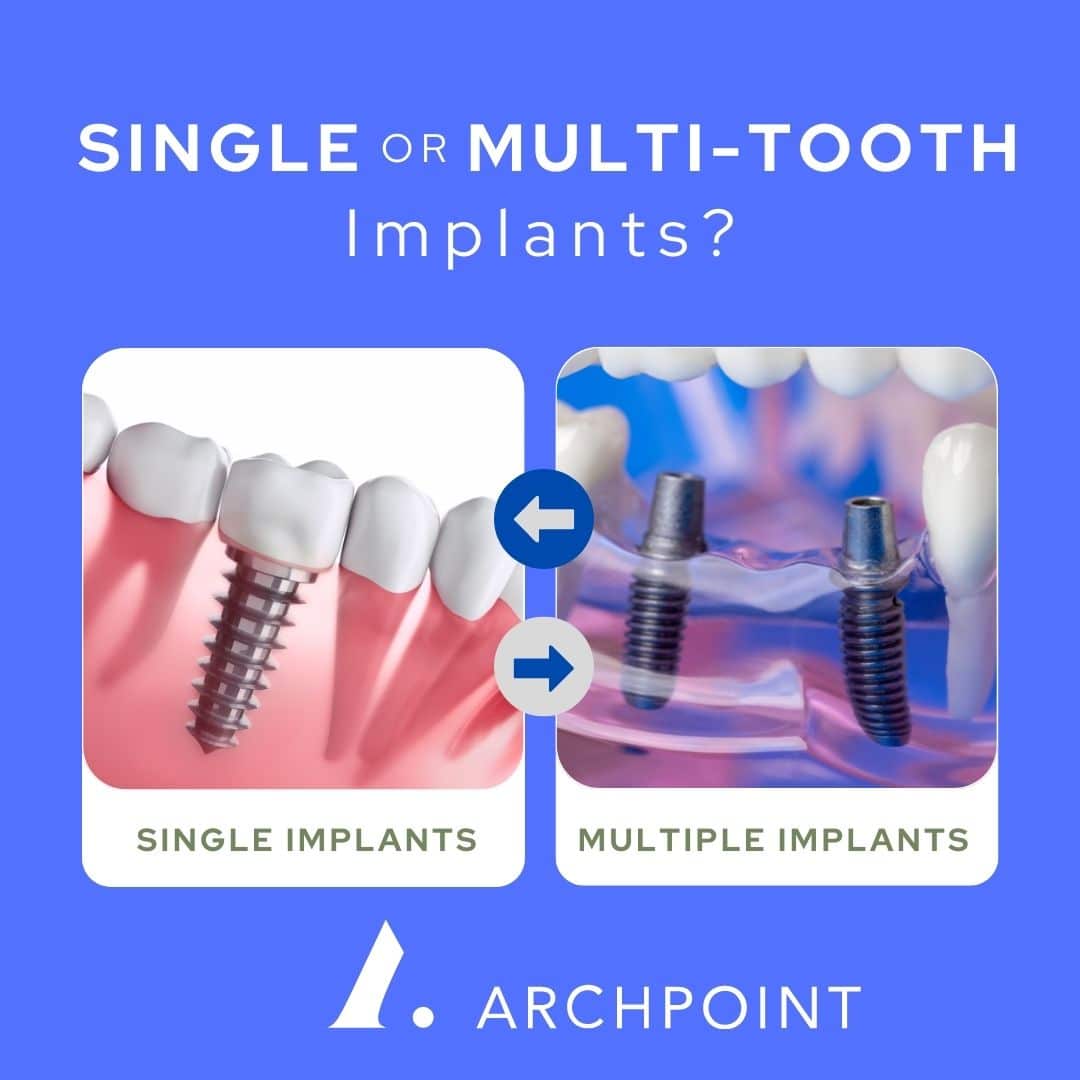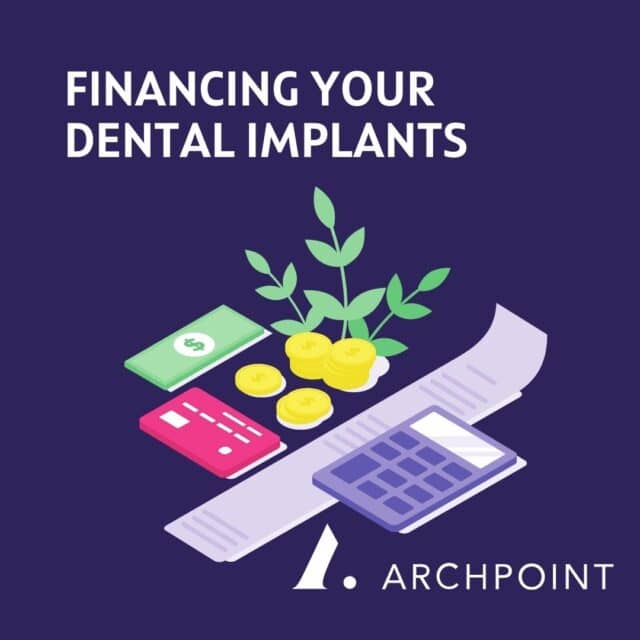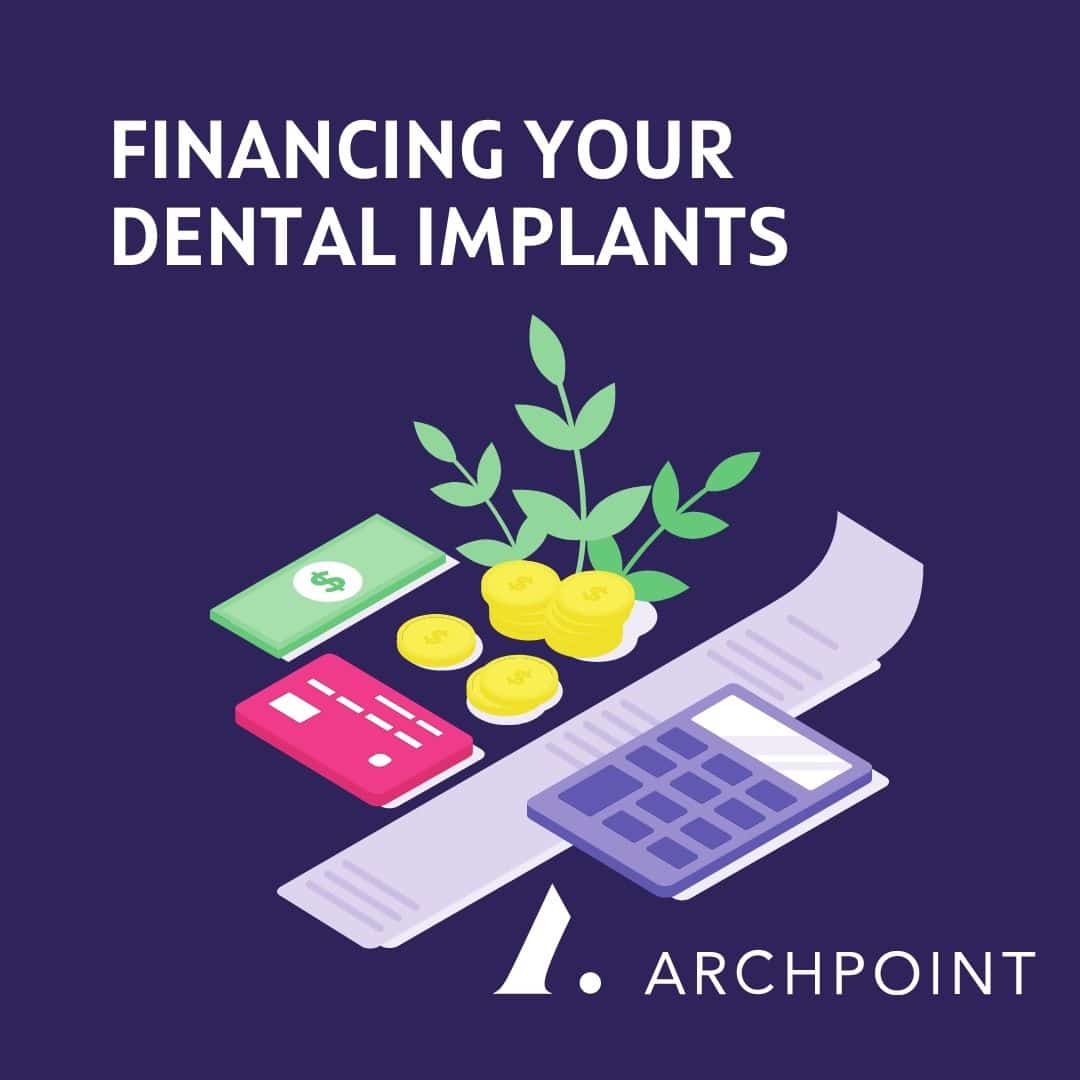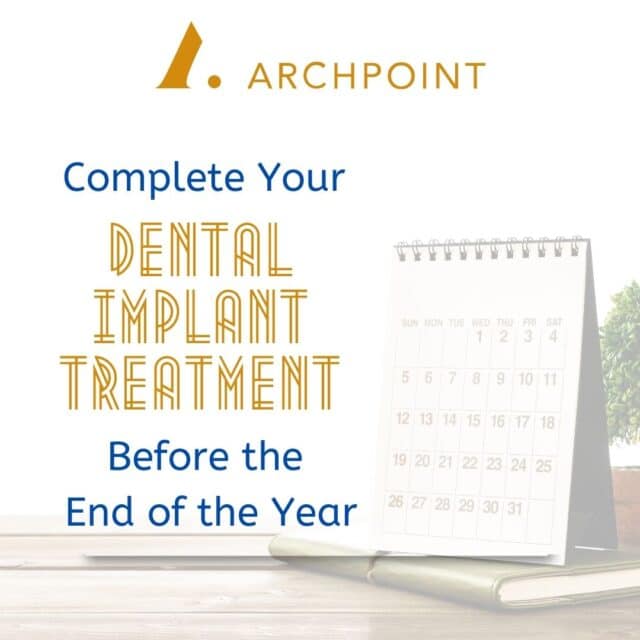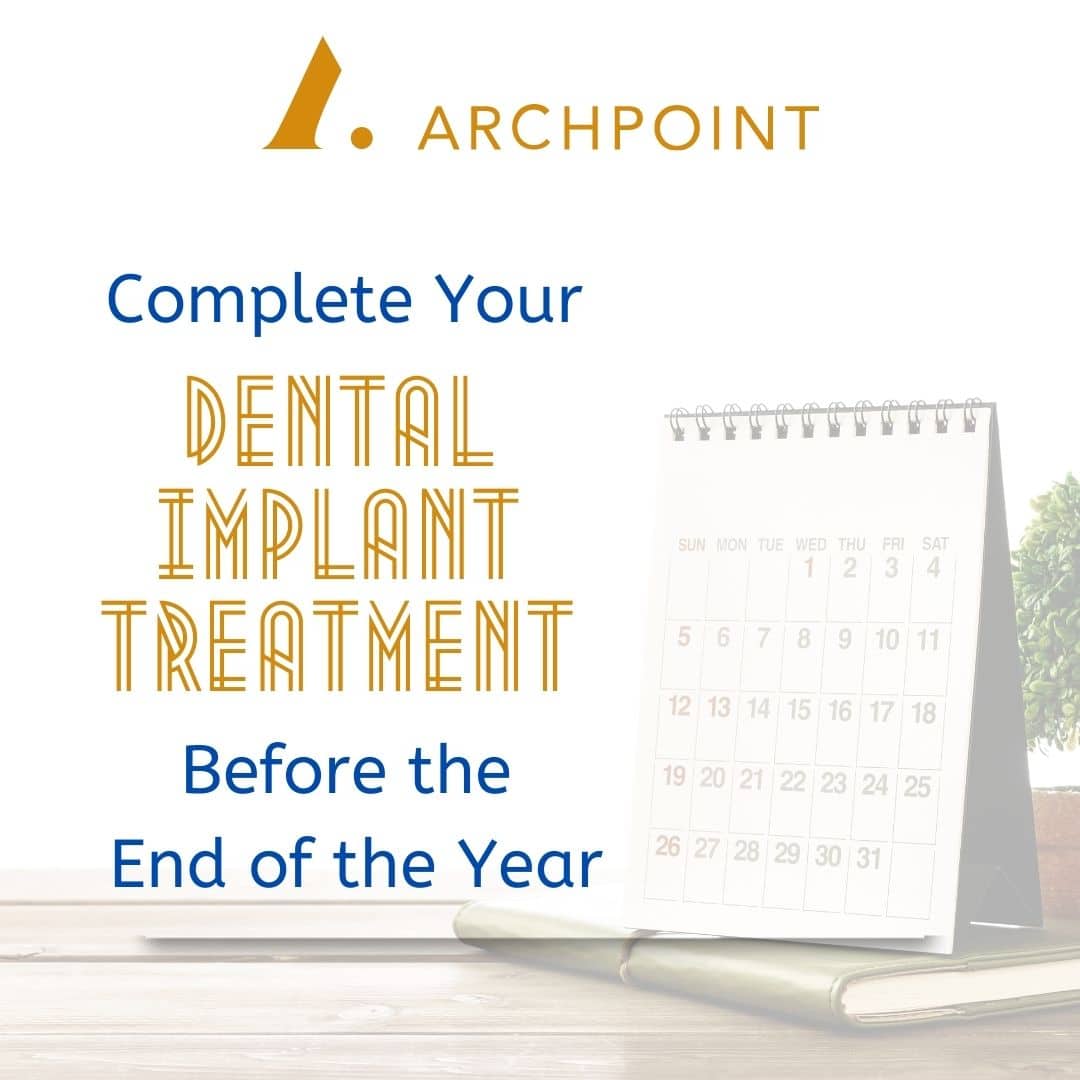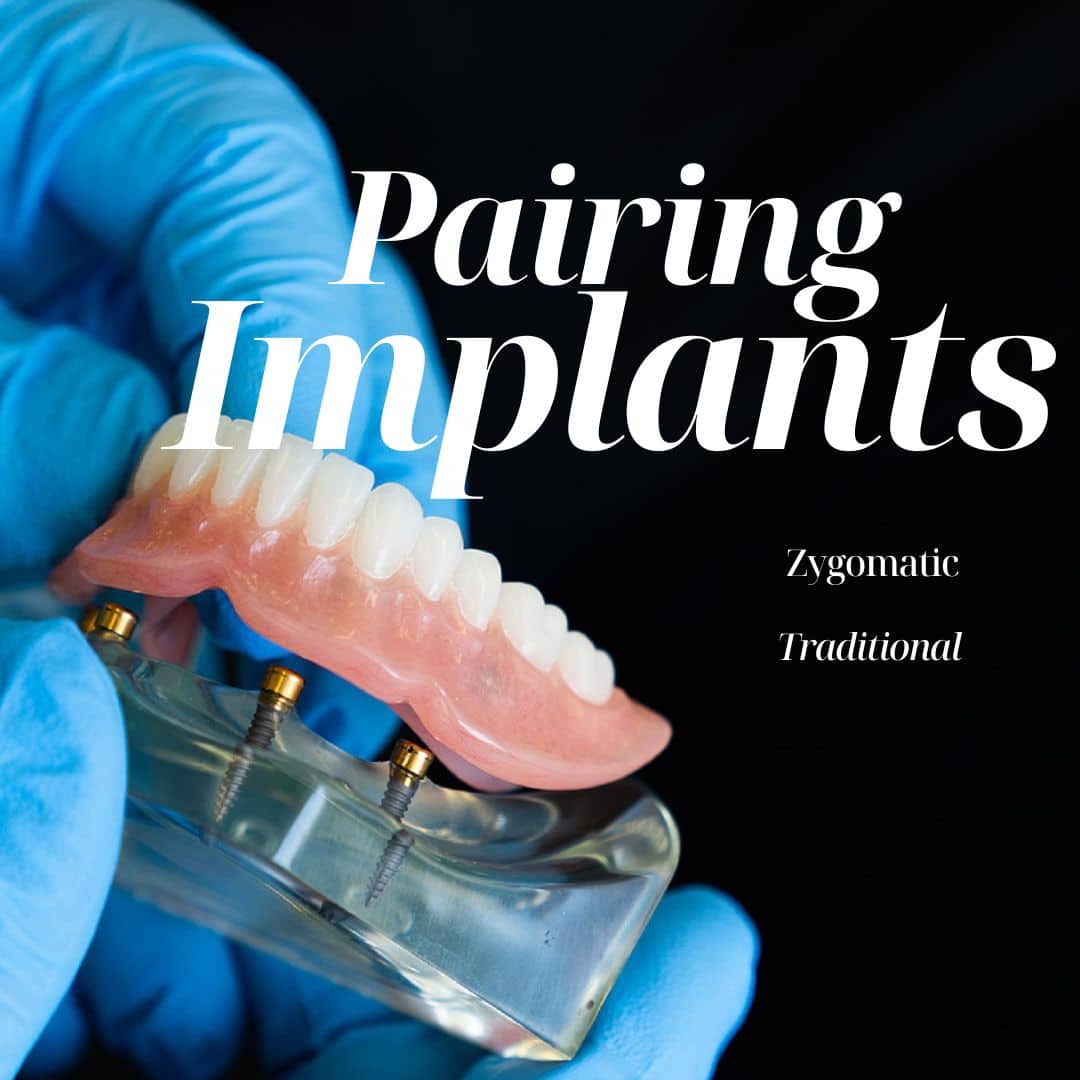
There are all sorts of reasons why patients don’t qualify for traditional dental implants, especially if they have extensive bone loss or have gone years wearing dentures. If you’re someone hoping to get All-on-4 or All-on-6 treatment, not having enough bone support can be a deal breaker. Fortunately, traditional dental implants aren’t the only option in these cases; zygomatic dental implants can still be an excellent option to restore your smile. Zygomatic dental implants differ from traditional dental implants because they attach to the bone on either side of the jaw, instead of anchoring directly into the jawbone like traditional implants do. That means if you’ve had extensive bone loss, All-on-4 or All-on-6 treatment isn’t completely off the table.
What are Zygomatic Dental Implants?
Zygomatic dental implants are a simple, long-lasting way to support the function of your teeth. Unlike traditional implants, zygomatic implants don’t set inside of the same bone where tooth roots are usually anchored. Rather, they are positioned at an angle and are slightly longer, reaching up into the bone adjacent to your jaw. This bone is called the “zygomatic arch” but most of us refer to it as our cheekbone. In many cases, zygomatic dental implants can be used to anchor full-arch dental treatments such as All-on-4 or All-on-6 prosthetics.
What Makes Zygomatic Implants Different From Other Dental Implants?
Zygomatic dental implants are different than traditional dental implants in the sense that they are anchored to the zygomatic bone, which is a small prominence of the cheekbone under the eye. It takes two zygomatic implants, one on either side of the mouth and usually paired with traditional implants up front, to help anchor full arch treatment.
Traditional dental implants are instead anchored directly into the bone where an anatomical tooth root would typically sit. They are essentially the same size and shape of a natural tooth and fuse into the jaw at that location. But when there isn’t enough bone support, it’s impossible to place them properly.
If you don’t qualify for traditional implants due to insufficient bone height, a pair of zygomatic implants can still offer you the chance of more advanced treatments like All-on-4 or All-on-6 treatment. They make up part of a comprehensive plan for more complex full-mouth reconstruction cases.
What Is Involved In Getting Full Arch, “All On” Dental Implant Treatment With The Help Of Zygomatic Implants?
Full mouth reconstruction treatments like All-on-4 therapies are spread out over the course of several months. The goal is for the implants to have ample time to “integrate” with the supporting bone. Once they are fully integrated, your implants or zygomatic implants can then support a fixed prosthesis on top of them.
Your smile rehabilitation process will begin with a comprehensive examination and treatment planning session. During this process, we will determine which type of dental implants you need, if zygomatic implants are recommended, and whether adjunctive therapies like extractions or sinus lift surgery are required. We will also determine the best option for your comfort, which could include in-house sedation (most people prefer to “tune out” the entire process.) Next, we plan your surgical date. This is the day we install your dental implants. Each implant is covered with gum tissue to allow the surgical site to fully heal and integrate properly. About 3-6 months later, the implants are exposed and special abutments are attached to them, and then the “All-on” appliance is fixed into place.
While full-arch rehabilitation with All-on-4 or All-on-6 isn’t a same day process, the investment is well worth it! You’ll get to enjoy a permanent, strong restoration that looks and feels as great as natural teeth.
Who Is A Good Candidate For A Zygomatic Implant Treatment Plan?
Zygomatic implants are not recommended for people who only have missing teeth in the front of their mouth or ample bone to support traditional dental implants. Since they are a slightly more advanced procedure than a typical implant placement, traditional designs are usually preferred. Additionally, it’s hard to place them in close proximity to other teeth that might be required for retention, so you are usually only getting zygomatic implants if you need an All-on-4 or All-on-6 appliance.
The typical candidate for zygomatic implants is usually someone who has been told, “You don’t qualify for dental implants or All-on-4 because of bone loss.” In those scenarios, our DFW implant specialists place the zygomatic implants at an angle to maximize the healthy bone you do have. But only more advanced implant clinics typically offer this service.
Why Are There Fewer Complications When Using Zygomatic Implants In Conjunction With Traditional Implants?
Yes, if you have bone loss. Without ample bone support, traditional dental implants cannot support the weight of an All-on-4 or All-on-6 prosthesis. The pressure would potentially loosen the implants further back in your mouth when there is only little bone holding them in place. Whereas with zygomatic implants, there’s no added risk of implant failure because of existing bone loss. They are the healthier and safer solution when you still need to restore your entire mouth.
Who Can Perform My Oral Surgery Procedure?
Your best choice for placing zygomatic dental implants is to see a dental implant specialist. Dental implant specialists like prosthodontists, periodontists, and oral surgeons are expert dentists who have taken special education courses to learn the ins and outs of dental implants and have perfected their skills by gaining added years of experience in the field.
Because zygomatic implants are a specialty type of procedure, you need to look for someone who has the required knowledge and experience before choosing which dentist to see. A specialist will work with you on developing a treatment plan that meets your needs, budget, and dental health goals. Your specialist will also be able to advise you on all of your options, so that you can feel confident making an informed decision that’s right for you.
At ARCHPOINT, we have an in-house team of multiple dental specialties represented. As such, we can provide some of the most complex types of treatment without any outside referrals.
Reserve a Consultation at ARCHPOINT Today
Contact ARCHPOINT today to reserve your first exam. We’re conveniently located with offices both in Dallas and Fort Worth.
